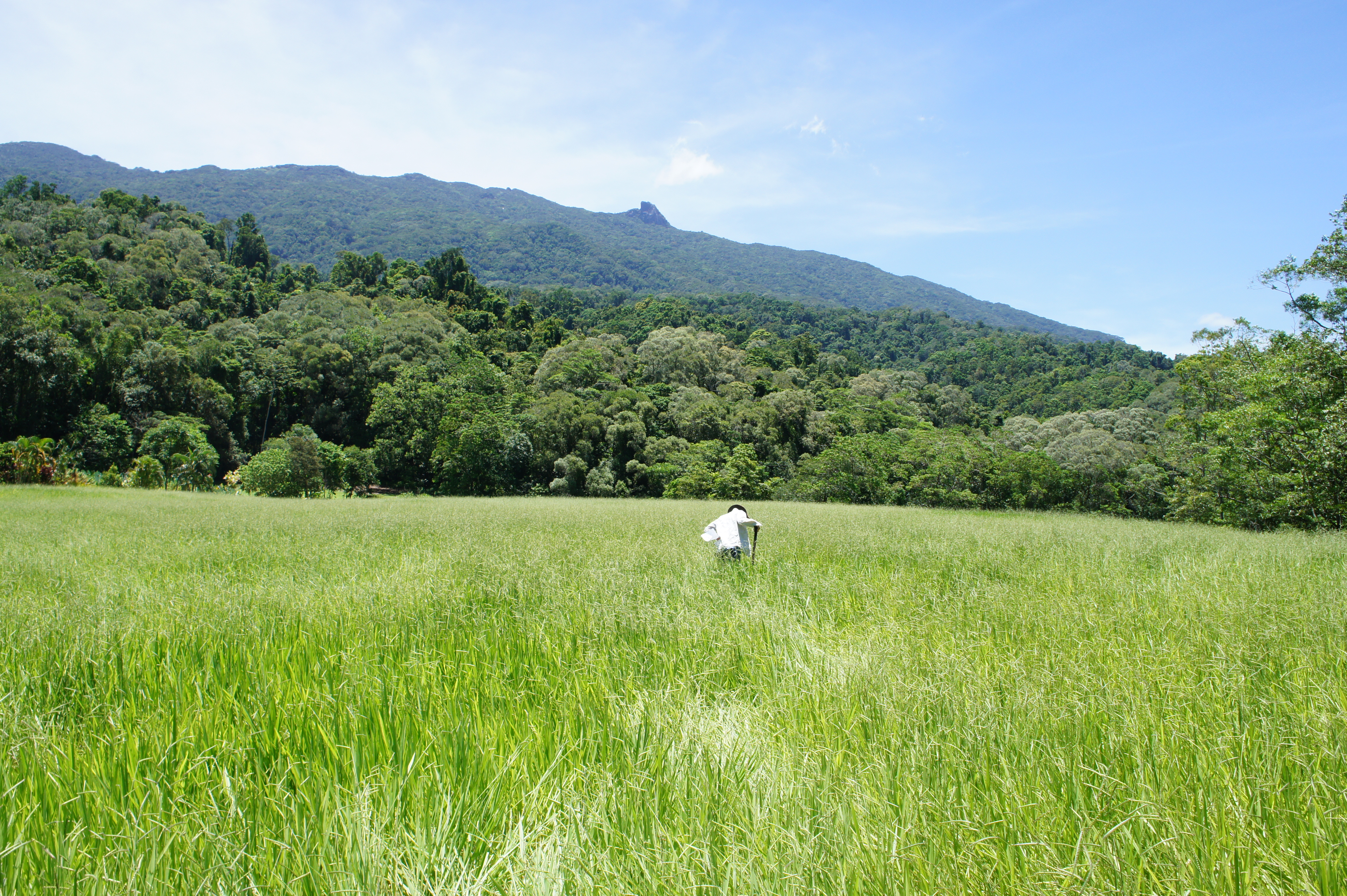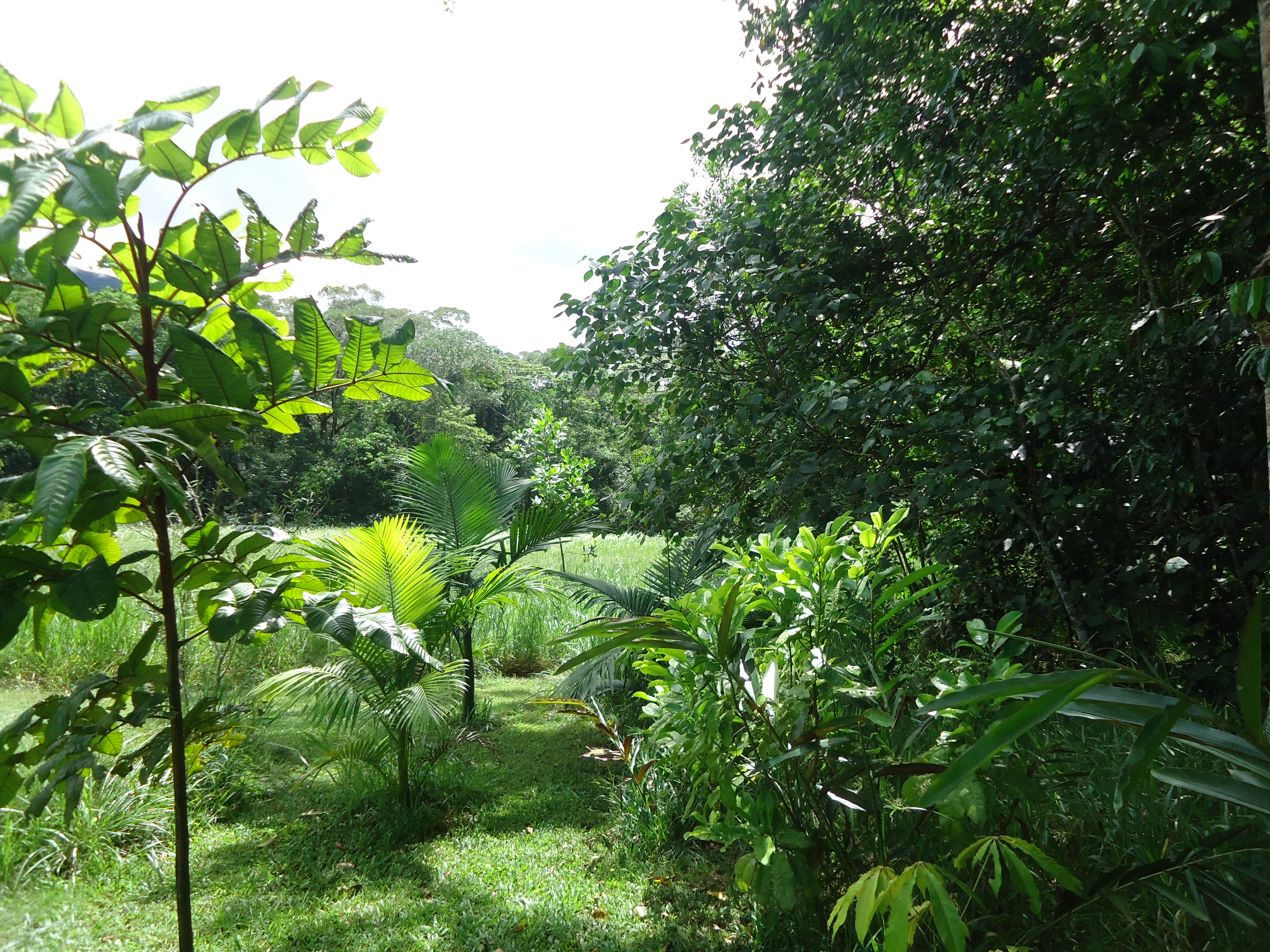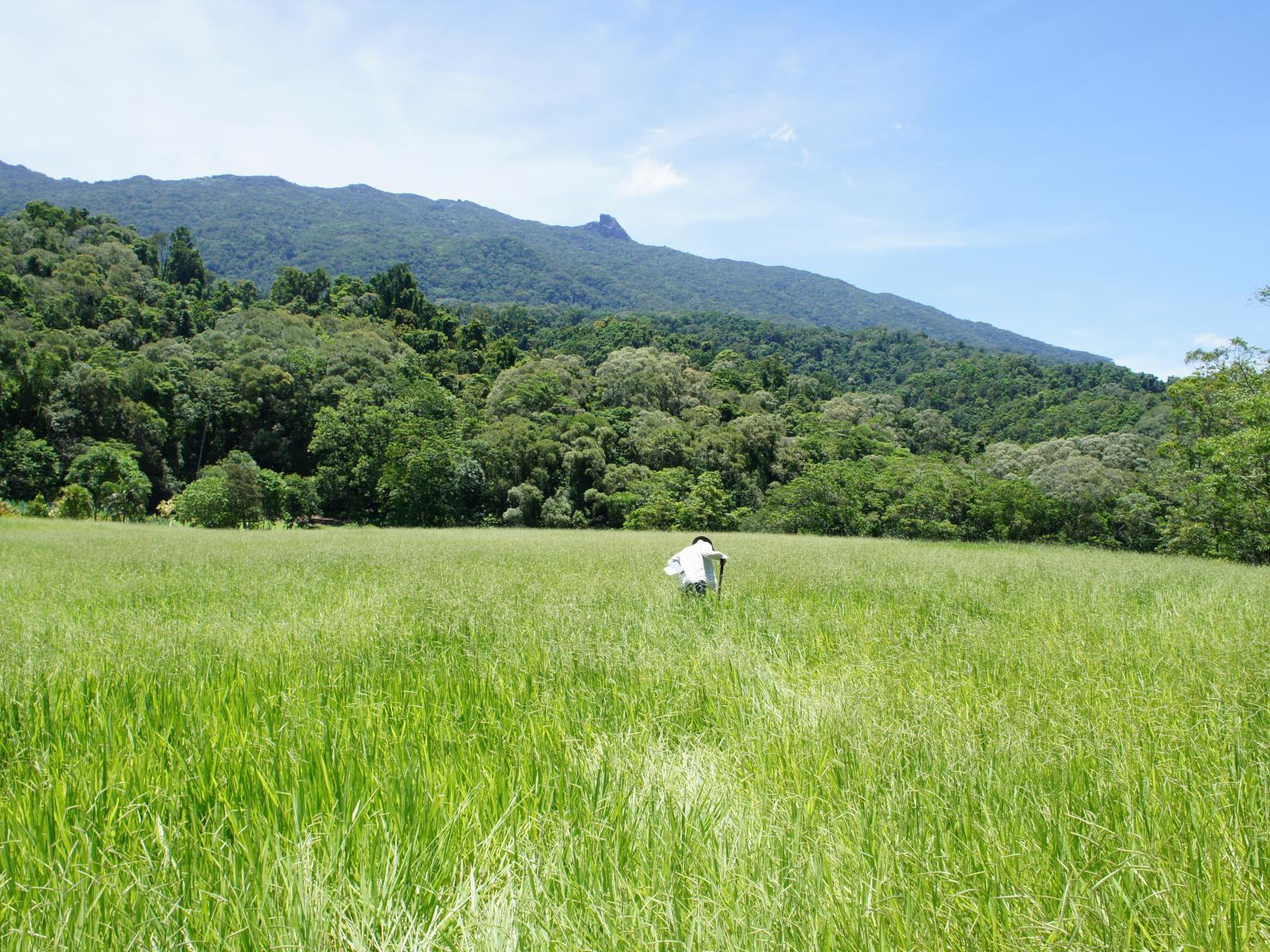An Overview Of Our Solution
- Population Impacted:
- Continent: Oceania
Organization type
Population impacted
Size of agricultural area
Production quantity
People employed
Describe your solution
Describe your implementation
External connections
What is the environmental or ecological challenge you are targeting with your solution?
Describe the context in which you are operating
Our property is adjacent to the Daintree National Park which is part of a series of national parks and forest reserves that form Wet Tropics World Heritage Area protecting Australian rainforest which is possibly the oldest continuous existing rainforest on the planet estimated to be 110 million years old. The forest on our property is a lowland tropical rainforest, including many species with economic interest, medicinal interest, and cultural significance. Our site was cleared of old growth rainforest in the late 19th and early 20th Centuries and was originally used for the cultivation of sugarcane. The soil had become depleted and sugarcane no longer grew satisfactorily. The land was then used to graze cattle which taxed the land further causing additional loss of surrounding native vegetation. Soil erosion was occurring on the margins of the hay paddock resulting in sediment runoff into the two freshwater creeks that run and the Coral Sea and Great Barrier Reef
How did you impact natural resource use and greenhouse gas emissions?
Language(s)
Social/Community
Water
Food Security/Nutrition
Economic/Sustainable Development
Climate
Sustainability
Although the Australian government and environmental organizations occasionally offer grants for environmental work, no grants or subsidies have been obtained to carry out this solution. Investment to initiate change has been minimum. Propagation of the native trees and revegetation work to establish the agroforestry system can be carried out by the individual farmer. We have received some support from the local government in terms of planting advice and some trees for the project - especially the rare and endangered plants.
The solution is based upon a living system that nurtures itself from recycling its own waste. It is a natural approach to the problem of unsustainable agriculture and can be maintained without external inputs.
Return on investment
Entrant Image

Entrant Banner Image

